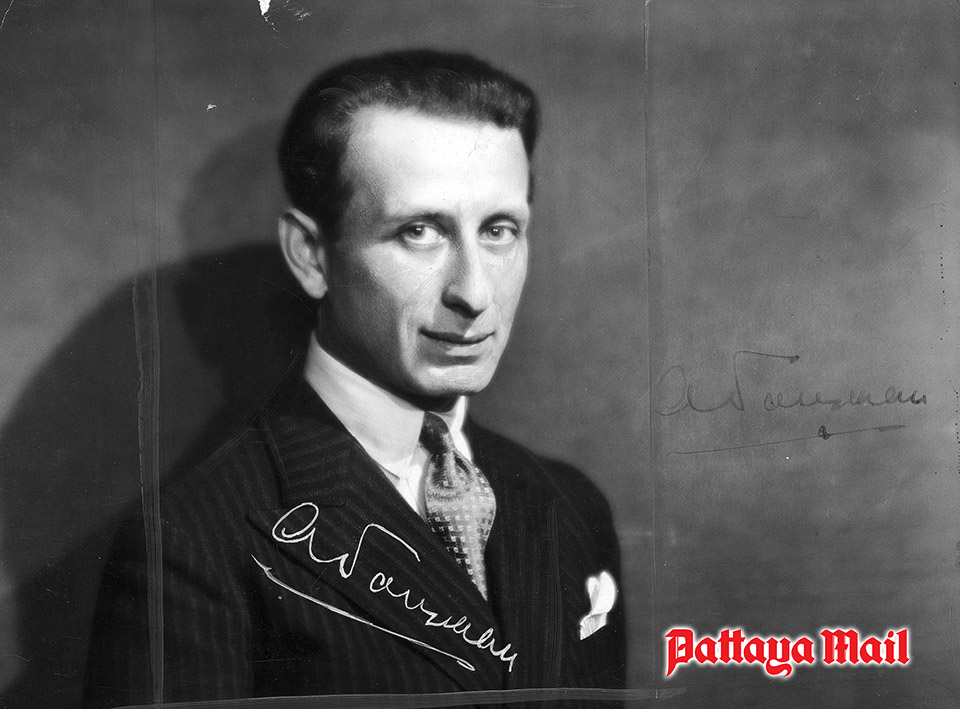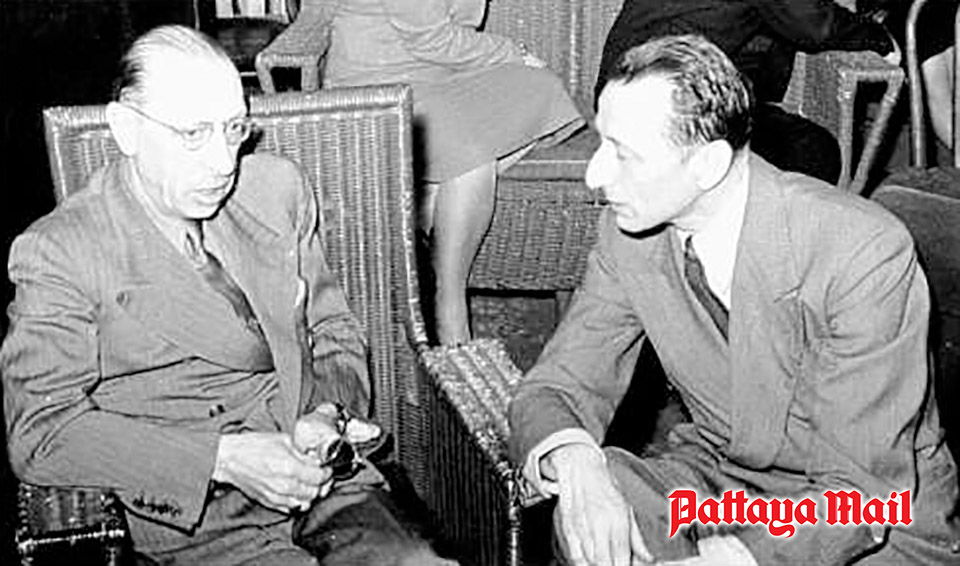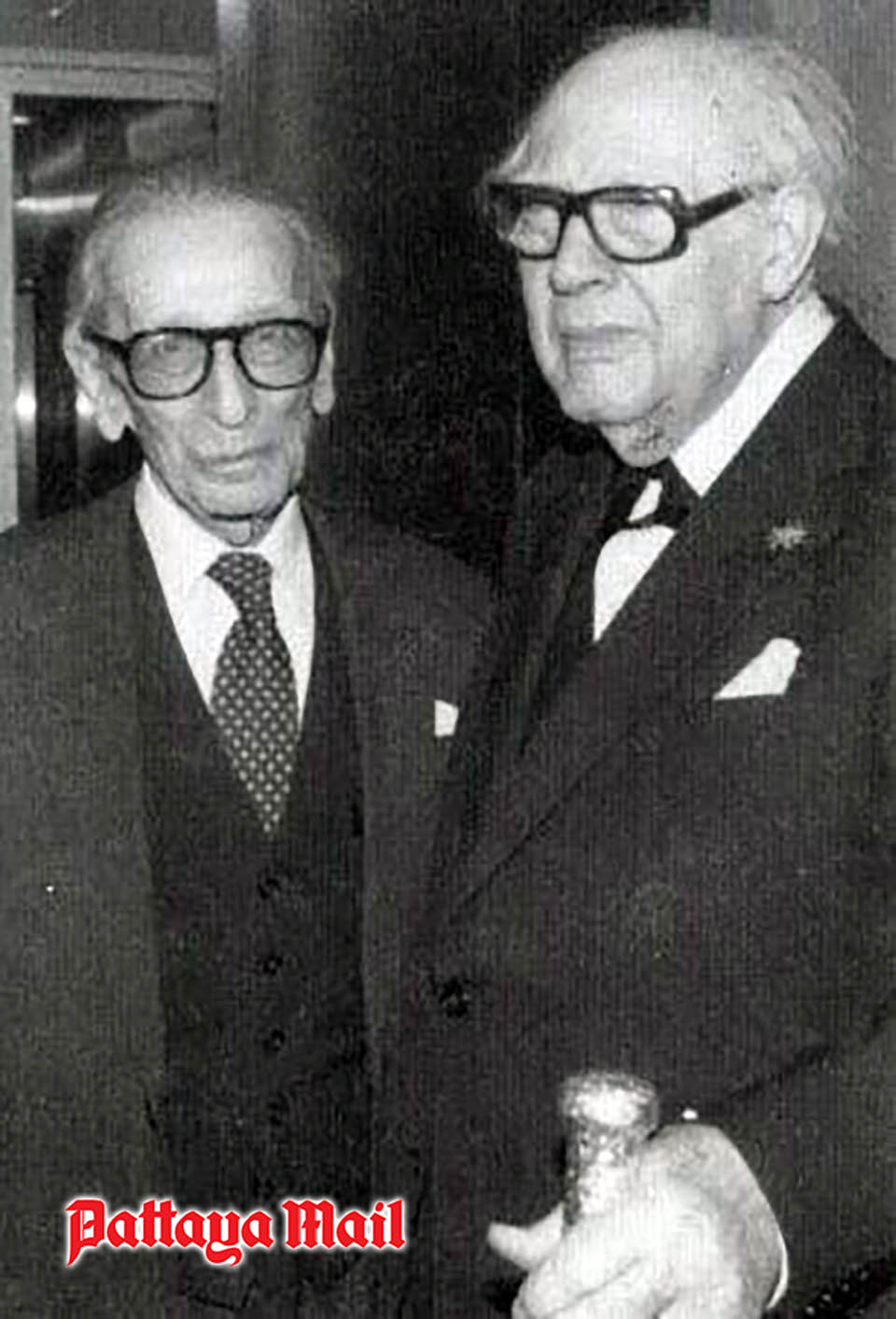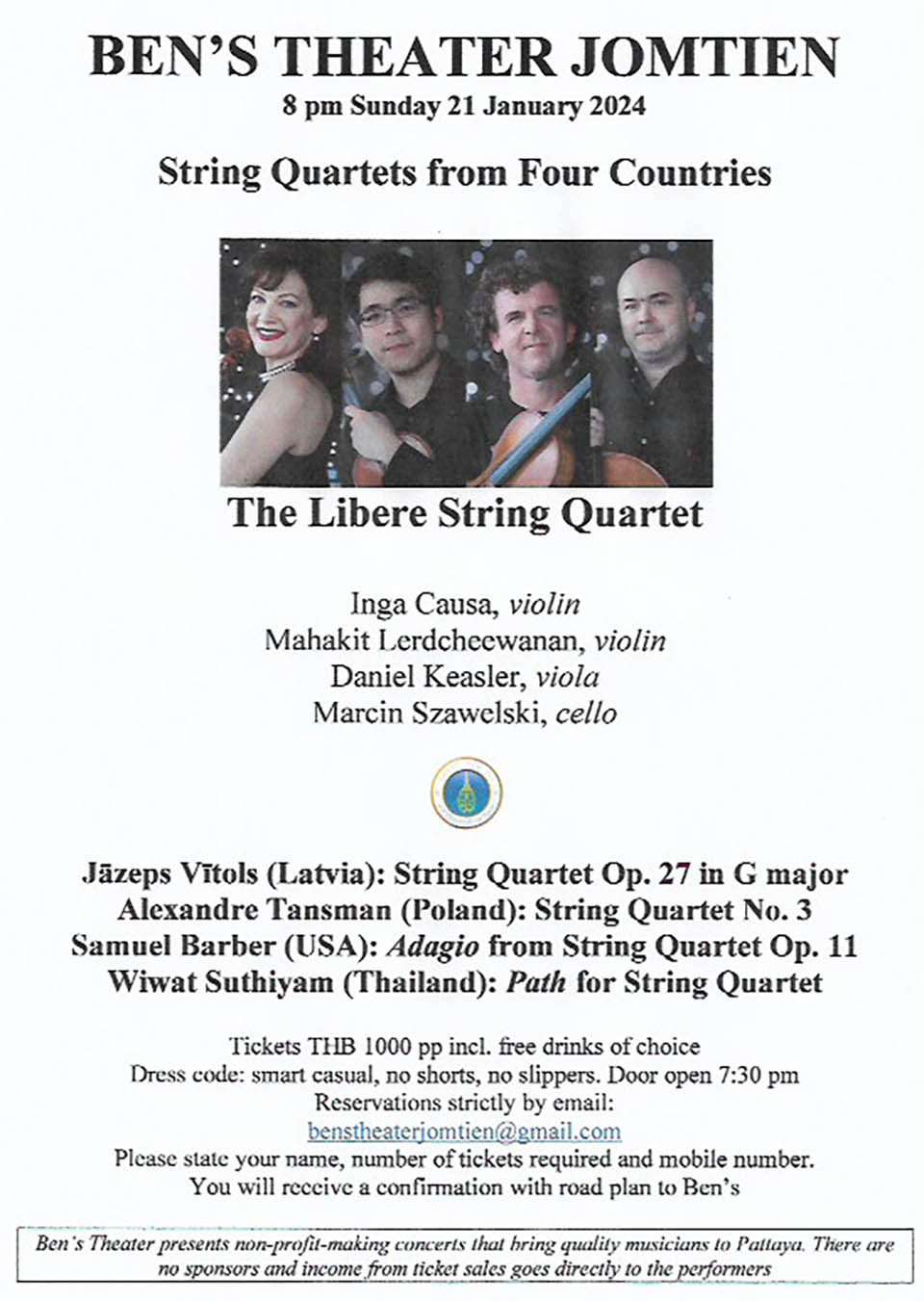
This morning, just out of casual interest, I looked at one of those popular music charts of yesteryear. It happened to be for January 1964, exactly sixty years ago. It was fascinating, because while there were one of two names that are still familiar, most of those listed have simply faded into obscurity. Few people today – and probably nobody under forty – would recognise their once-familiar names. But I suppose this reflects the temporal nature of pop music, influenced by fashion, teenage fads and commercial interests. It seems surprising, but much the same thing occurs in classical music.
Any music student can tell you that we associate the so-called Classical Era with composers such as Haydn, Mozart or Beethoven. This is the historical period roughly between 1730 and 1820, although the exact years are debatable, depending on the criteria used. If you have the time and the inclination, look up the list on Wikipedia of Classical-era composers. You might be surprised at the sheer quantity of names. I didn’t have time to count them because life is too short, but there are literally hundreds. The rather sad thing is that most of the names listed are completely unknown today. Yet back in the 18th century, many of those people were stars of their day; many enjoyed an enviable reputation and had probably worked like Trojans to achieve it. But history was unkind to them and for various reasons, they have either become foot-notes in the tapestry of musical history or have fallen into total oblivion. There must be hundreds of wonderful pieces of music by these fallen stars that will never be heard. I don’t know about you, but I find that rather tragic.
We don’t have to go back hundreds of years to see this “fallen star” phenomenon. During the twentieth century the names of many prominent composers also faded away prematurely. Take this once-famous musician for example. His music was appreciated by Maurice Ravel, Albert Roussel and Igor Stravinsky; from the mid-1920s his works were being played in some of the top concert halls in the world; in the early 1930s he made a sensational performance tour around the world and was honoured by Mahatma Gandhi and Emperor Hirohito of Japan; in Japan he was awarded a prestigious medal in recognition of his notable contribution to the world of arts. In 1938 he moved to Los Angeles, thanks to the efforts of his friend Charlie Chaplin, and he joined the circle of distinguished artists and intellectuals that included Igor Stravinsky, Thomas Mann, Arnold Schoenberg, Aldous Huxley, the visual artist Man Ray and the film director Jean Renoir. By the 1940s, his compositions were reaching over five hundred performances a year, given by world-class orchestras and conductors. He toured extensively as pianist and conductor and wrote a wealth of music.

And who was this extraordinary musician? Well, it was the Polish composer, pianist and conductor Alexandre Tansman. “Alexandre who?” I hear you ask.
Although his name is still recognized in Poland, he is pretty-well unknown to the concert-going public in the rest of the world. If Tansman had written only a handful of piano pieces, this would be understandable but he wrote a staggering amount of music: seven operas, ten ballets, nine symphonies, eight string quartets, many chamber music works and compositions for piano. He also found time to write a few scores for Hollywood movies. In 1948, he published his book on Igor Stravinsky, the result of a friendship between the two composers during his time in the USA. He was one of the few mainstream orchestral composers who wrote for the guitar and was a long-term friend of the world-famous guitarist Andres Segovia for whom he wrote many compositions.
Tansman was born in the central Polish city of Łódz (it’s pronounced “Wootch”), the same city as his famous compatriot, pianist Arthur Rubinstein. The young Tansman began his musical studies at Łódz Conservatory and at the suggestion of Rubinstein later moved to Paris where he met some of the leading composers and artists of the day. Arthur Honegger and Darius Milhaud tried to persuade him to join Les Six, a highly influential group of composers based in Paris. Although he declined the invitation, much of Tansman’s early music has a French flavour and when I hear his chamber works, I am sometimes reminded of Milhaud, Ibert and Poulenc. However, although his music was influenced by the French style but also by Stravinsky, Tansman kept revisiting his Polish folk roots. He often referred to folk themes but didn’t quote them or use them directly in his music.


He was also one of the first composers to adopt neoclassicism. This was a trend which emerged during the early 20th century in which some composers sought a return towards the aesthetic qualities of 18th century music while using harmonies and orchestration techniques of the 20th. Prokofiev used the neoclassical genre in his Classical Symphony, Respighi used it in his Ancient Airs and Dances and Stravinsky wrote many works using neo-classical principles.
Alexandre Tansman (1897-1986): Suite for Oboe, Clarinet and Bassoon. Nicholas Stovall (ob); Amitai Vardi (clt); Kristin Wolfe (bsn) (Duration: 11:31; Video: 1080p HD)
Composed in 1949, this is an attractive work with clever and original use of instrumentation. The dreamy first movement has hints of jazz harmony while the spiky, second movement uses exciting cross-rhythms and makes use of effective staccato playing and counterpoint. In the thoughtful Aria we hear the contrasting registers of the clarinet and bassoon while the Finale fairly rips along with exciting motoric rhythms. It’s given a splendid performance though it’s a shame that no one bothered to move the clutter of percussion instruments in the background. Just as you think the music is about to finish, there’s a reflective hymn-like passage which gradually brings the work to a close on a radiant sustained chord of A major.
And what happened to Alexandre Tansman, you may well ask? Well, despite his brilliant celebrity career during the middle decades of the 20th century, after his death in 1986, his reputation rapidly faded and today, little of his music is performed. There is no doubt that Tansman was a highly competent composer and much of his music is attractive, skillfully written and falls easily on the ear. While he embraced neo-classicism for a time, much of his music seems to occupy a kind of stylistic “middle ground” and his later works seem to be locked into the early years of the 20th century. Music critic Arnold Whittall recently wrote that he would not deny the appeal of Tansman “in small doses” neither would he ignore Tansman’s achievements. But perhaps Tansman was just too conservative. He didn’t move with the times. So often, especially in is later works, his musical language speaks to a long-gone romantic age.
If you enjoy this Trio, you may like to hear a live performance of his String Quartet No. 3 which he wrote in 1925. It will be performed by the splendid Libere Quartet at Ben’s Theater, Jomtien on Sunday, 21st January 2024. The Libere Quartet is one of Thailand’s top string quartets and comprises principal string players from the Thailand Philharmonic Orchestra.








